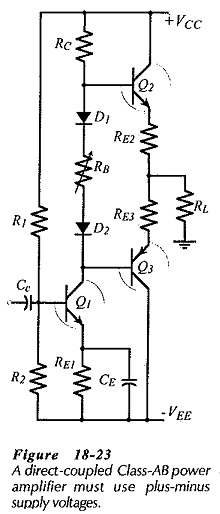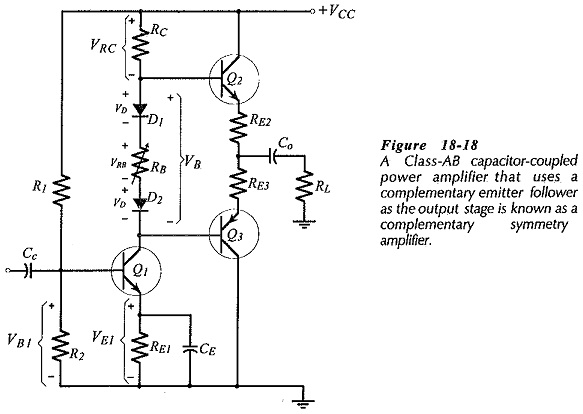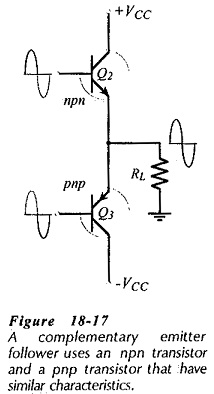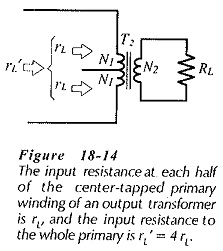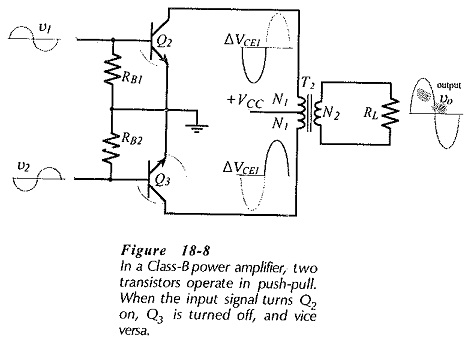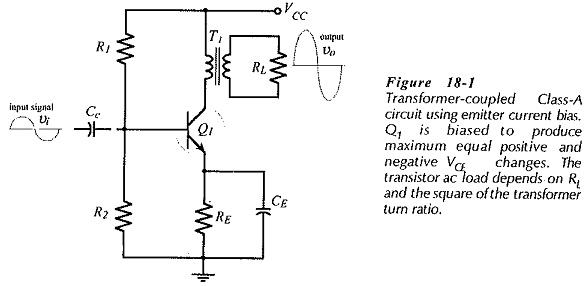Direct Coupled Class AB Output Stage
Direct Coupled Class AB Output Stage: The output capacitor in a capacitor-coupled power amplifier is a large expensive component that should be eliminated if possible. Figure 18-23 shows a Class-AB amplifier circuit with a Direct…
